A federal firearms license (FFL) is required to engage in the business of manufacturing, importing or dealing in firearms. Upon ATF approval of a license, licensees will be issued an identifying FFL number to be used when conducting firearms-related business.
Unique to each license, the FFL number is made up of 15 characters – 14 numbers and one letter – divided into six sections. Like a coded message, each section communicates different information about the FFL. Understanding each section of an FFL number allows firearms businesses to know where an FFL is located, the activities permitted by the FFL, when the license expires, and more.
Below, we’ll break down what each section of an FFL number represents, how to check each for compliance, and the importance of verifying every license.
Table of Contents
FFL Number Sections
Section 1: Country Region
Section 2: IRS District
Section 3: FIPS Code
Section 4: License Type
Section 5: License Expiration
Section 6: Unique Code
Verifying FFL Numbers
An FFL number consists of 15 characters – 14 numbers and one letter – divided into six sections. Throughout this article, we’ll use an actual FFL number from Smith & Wesson Inc. (6-04-013-07-5E-14143) as a visual example.
FFL Number Sections
Section 1: Country Region
The first section of an FFL number is a single digit representing the region of the country where the license was issued. All 50 U.S. states and five U.S. territories are consolidated into seven country regions, each assigned a corresponding number one through nine, skipping numbers two and seven.
1 – Southeast (Includes Alabama, District of Columbia, Florida, Georgia, Mississippi, North Carolina, Puerto Rico, South Carolina, Tennessee, Virgin Islands, Virginia)
3 – Midwest (Includes Illinois, North Dakota, South Dakota, Minnesota, Wisconsin)
4 – Central (Includes Indiana, Kentucky, Michigan, Ohio, West Virginia)
5 – Southwest (Includes Arkansas, Colorado, Iowa, Kansas, Louisiana, Missouri, Nebraska, New Mexico, Oklahoma, Texas, Wyoming)
6 – North Atlantic (Includes Connecticut, Massachusetts, Maine, New Hampshire, New York, Rhode Island, Vermont)
8 – Mid Atlantic (Includes Delaware, Maryland, New Jersey, Pennsylvania)
9 – Western (Includes Alaska, American Samoa, Arizona, California, Guam, Hawaii, Idaho, Montana, Nevada, Northern Mariana Islands, Oregon, Utah, Washington)
Compliance Check
Just like any business, FFLs can change locations. This has been especially common in recent years as the industry has seen many firearm manufacturers relocate from one part of the country to another. As such, it’s important to confirm the license region matches the physical address of the FFL. For example, if a license starts with a 9 (Western region) but the FFL uses a Florida address (region 1), one should confirm that the license and/or address is correct with the ATF. However, it should also be noted not every state included in each region makes geographic sense as traditionally understood (e.g., Iowa in the Southwest).
In addition, for businesses with operations in different states, it’s important to double-check the license region matches the location from which the firearm was transferred or is being transferred to.
Sections 2 and 3 represent the IRS District and FIPS Code of the FFL number. For Smith & Wesson Inc., 04 represents the Brookhaven, NY IRS Campus of Record. However, FIPS Code 013 is less obvious as it’s assigned to numerous states.
Section 2: IRS District
The second section of an FFL number is a two-digit number representing the regional IRS District, or Campus of Record, associated with the license. While now an independent agency, this section is a leftover from when the ATF was part of the U.S Department of the Treasury as the ATF division of the IRS (pre-1972).
Today, the IRS operates 10 regional campuses, each assigned specific prefixes also used in Employer Identification Number (EIN). EINs are required of most businesses for tax filing and reporting purposes, including all Special Occupational Taxpayers (SOTs). Businesses can also apply for an EIN using an online application or through the Small Business Association (SBA), which each has its own prefixes.
Andover, MA – 10, 12
Atlanta, GA – 60, 67
Austin, TX – 50, 53
Brookhaven, NY – 01, 02, 03, 04, 05, 06, 11 13, 14, 16,21,22, 23, 25, 34, 51, 52, 54, 55, 56, 57, 58, 59, 65
Cincinnati, OH – 30, 32, 35, 36, 37, 38, 61
Fresno, CA – 15, 24
Kansas City, MO – 40, 44
Memphis, TN – 94, 95
Ogden, UT – 80, 90
Philadelphia, PA – 33, 39, 41, 42, 43, 48, 62, 63, 64, 66, 68, 71, 72, 73, 74, 75, 76, 77, 82, 83, 84, 85, 86, 87, 88, 91, 92, 93, 98, 99
Internet – 20,26, 27,45,46, 47, 81, 82, 83, 84, 85, 86, 87
Small Business Association (SBA) – 31
Compliance Check
Unlike regions of the country, IRS campuses and their prefixes are not well known, nor do they always coordinate with the location of the business itself. Any questions regarding this section of an FFL number should be directed to the ATF.
Section 3: FIPS Code
The third section of an FFL number is a three-digit number representing the Federal Information Processing Standards (FIPS) code where the license is located. Developed by the National Institute of Standards and Technology (NIST), FIPS are often associated with states and counties.
Compliance Check
Because FIPS can change periodically and be duplicated for some areas, section three can be difficult to validate. Any questions regarding this section of an FFL number should be directed to the ATF.
Section 4 of the FFL number represents the License Type. While Smith & Wesson Inc. holds multiple FFLs, this specific license notes Type 07, manufacturer of firearms other than destructive devices.
Section 4: License Type
The fourth section of an FFL number is a two-digit number representing the license type. There are nine different FFL types (skipping 04 and 05), each representing businesses that may manufacture, import and/or deal in firearms, ammunition and/or destructive devices.
01 – Type 01 FFL, Dealer in firearms other than destructive devices
02 – Type 02 FFL, Pawnbroker in firearms other than destructive devices
03 – Type 03 FFL, Collector of curios and relics
06 – Type 06 FFL, Manufacturer of ammunition for firearms other than ammunition for destructive devices or armor-piercing ammunition
07 – Type 07 FFL, Manufacturer of firearms other than destructive devices
08 – Type 08 FFL, Importer of firearms or ammunition for firearms other than destructive devices or ammunition other than armor-piercing ammunition
09 – Type 09 FFL, Dealer in destructive devices
10 – Type 10 FFL, Manufacturer of destructive devices, ammunition for destructive devices or armor-piercing ammunition
11 – Type 11 FFL, Importer of destructive devices, ammunition for destructive devices or armor-piercing ammunition
Compliance Check
The most critical section of an FFL number to review, one must understand the specific business activities permitted – and not permitted – by each FFL Type. For example, a Type 01 FFL may deal and work on firearms under the definition of a gunsmith but not manufacture firearms, unless also holding a Type 07 license.
Where this can get complicated is when an FFL holds multiple licenses and/or is also a SOT, permitting additional activities regarding NFA weapons. In such instances, it’s important to confirm the correct license is being used for the respective business activity.
Sections 5 and 6 represent the License Expiration and Unique ATF Code. For Smith & Wesson Inc., the code tells us this specific license expires in May 2025. They were also assigned 14143 as their unique FFL code by the ATF.
Section 5: License Expiration
The fifth section of an FFL number is made up of two characters – one digit and one letter – representing when the license expires. The first character is the last digit of the year of expiration (e.g., 3 would refer to 2023), while the letter corresponds to the month of that year. Months are assigned letters A through M, skipping the letter “I” so as not to be confused with the number one.
A – January
B – February
C – March
D – April
E – May
F – June
G – July
H – August
J – September
K – October
L – November
M – December
Compliance Check
FFLs are required to renew licenses every three years, meaning there’s no need to worry about the decade of the year of expiration – only the final digit. All licenses also expire on the first day of the month of the respective year (e.g., June 1, 2025).
Special attention should be paid to any licenses with expiration dates not of the current year or within three future years. For example, in June 2022, valid licenses would include those of June 2022 or later, and any month in 2023, 2024 and 2025.
Section 6: Unique Code
The sixth section of an FFL number is a five-digit number unique to each license assigned by the ATF. For example, one of Smith & Wesson’s many licenses ends in 14143.
Compliance Check
Unlike any other section, the unique code of an FFL number cannot be validated unless already known. However, if known, special attention should be paid to FFLs with multiple licenses for the same physical location as the sequence numbers are often sequential. For example, Ruger is assigned 00735 and 00736 for one of its Newport, NH addresses, but the former is for their Type 07 license while the latter is for their Type 08 license.
Using Sections 1, 2 and 6 of an FFL number, licenses other than Type 03 and 06 can be verified using ATF FFL eZ Check.
Verifying FFL Numbers
With over 130,000 active FFLs and thousands of others no longer in business, it’s imperative all FFL numbers be verified for accuracy and validity. While one can always contact the local ATF office directly for confirmation, ATF FFL eZ Check makes it easy to verify if FFLs are valid using sections one and two (where an FFL is located) and section six (unique sequence number) of the FFL number. Though, it should be noted the online system does not validate Type 03 and Type 06 FFLs.
All FFLs are required to verify licenses by obtaining a certified copy from the licensee whenever selling or disposing of a firearm. Acceptable license reproductions include scanned or faxed paper copies and electronic documents. A copy of every FFL license should be retained for future records and replaced as they expire.
Dealers may also consider attaching copies of licenses to completed ATF Forms 4473 for transactions involving firearm transfers from FFLs other than usual distributors and manufacturers. While the FFL number is required to be recorded in your acquisition and disposition (A&D) Bound Book, the license number and document will be easily accessible should an issue or question arise during an ATF compliance inspection.
For information about how to get your own FFL, how to store FFL licenses and other ATF documents electronically, or general firearms compliance questions, contact Orchid today to speak with our trusted legal and operations professionals.

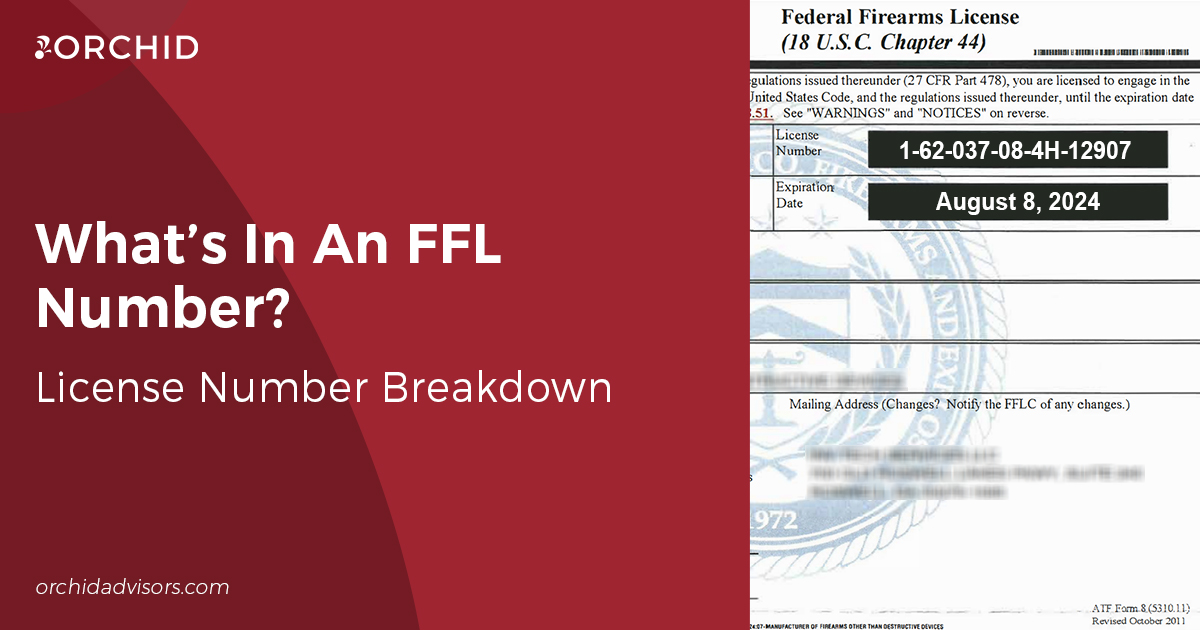
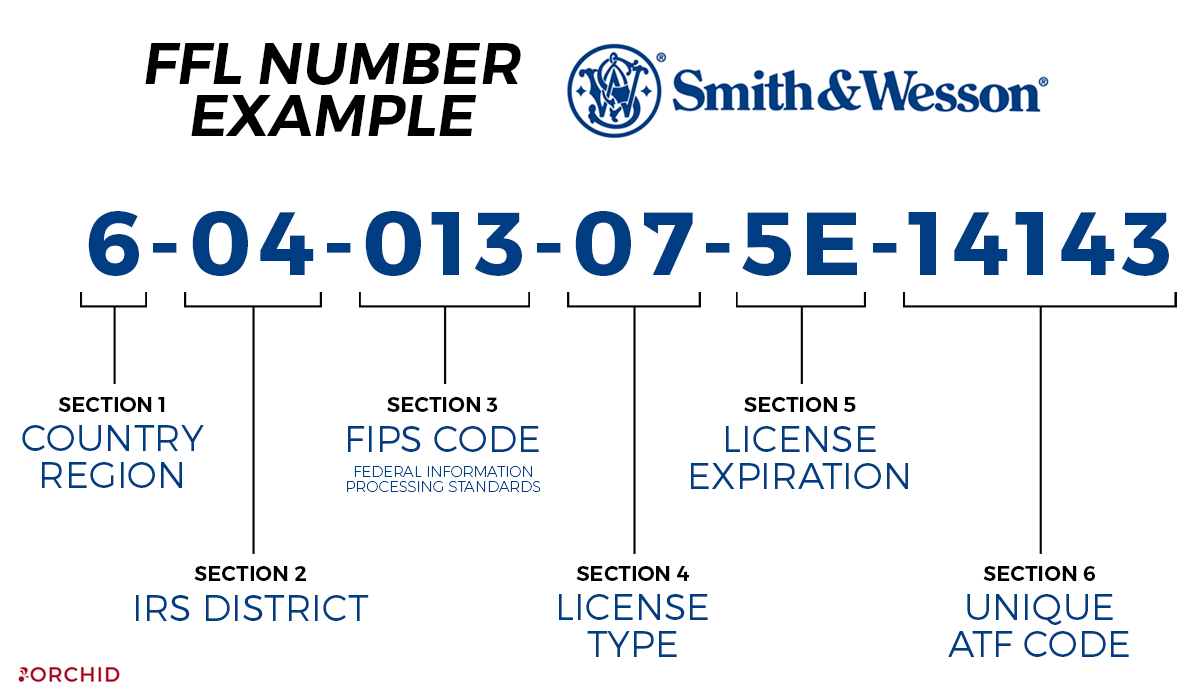
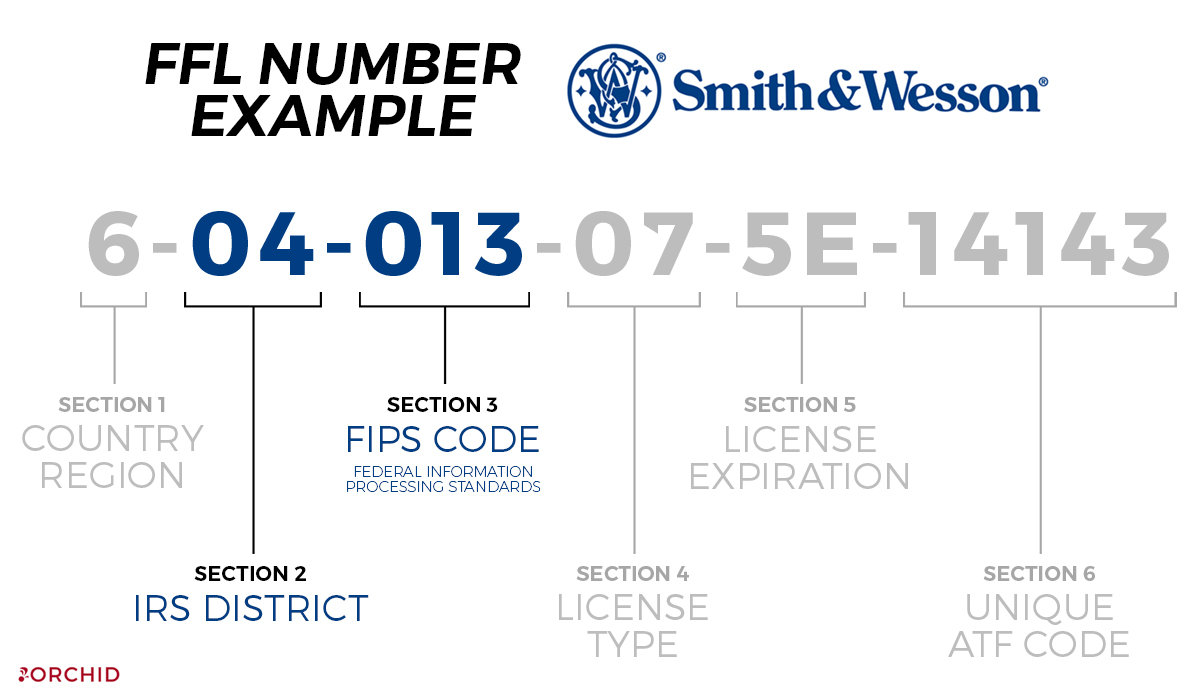

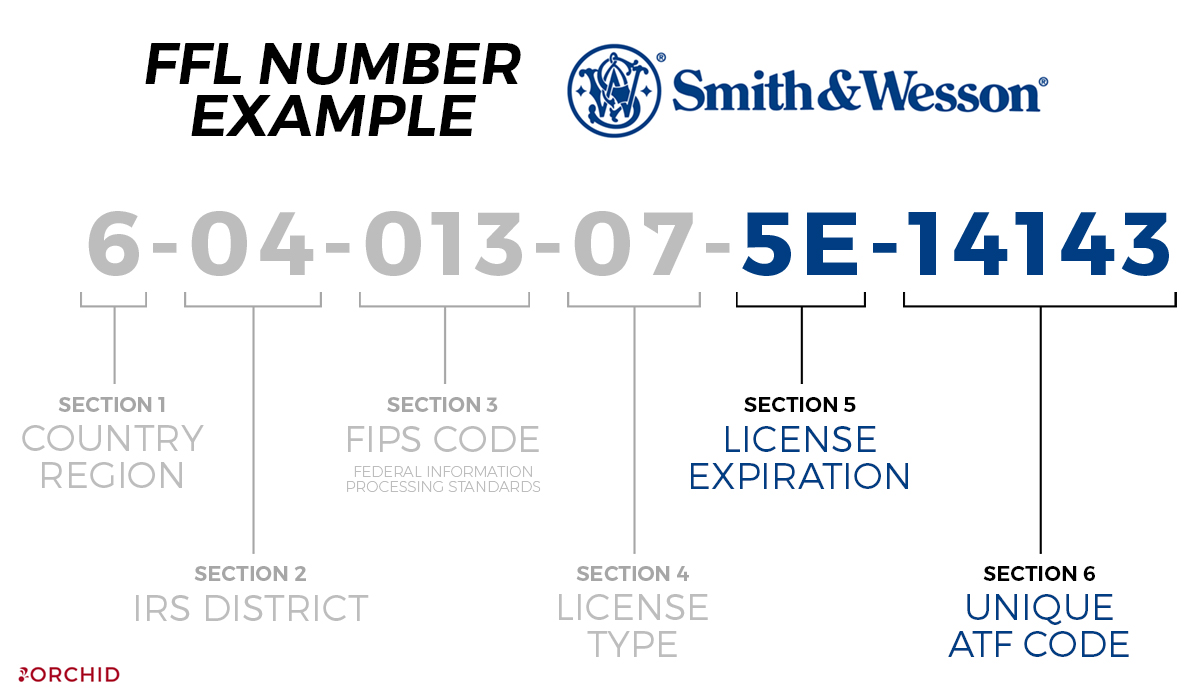
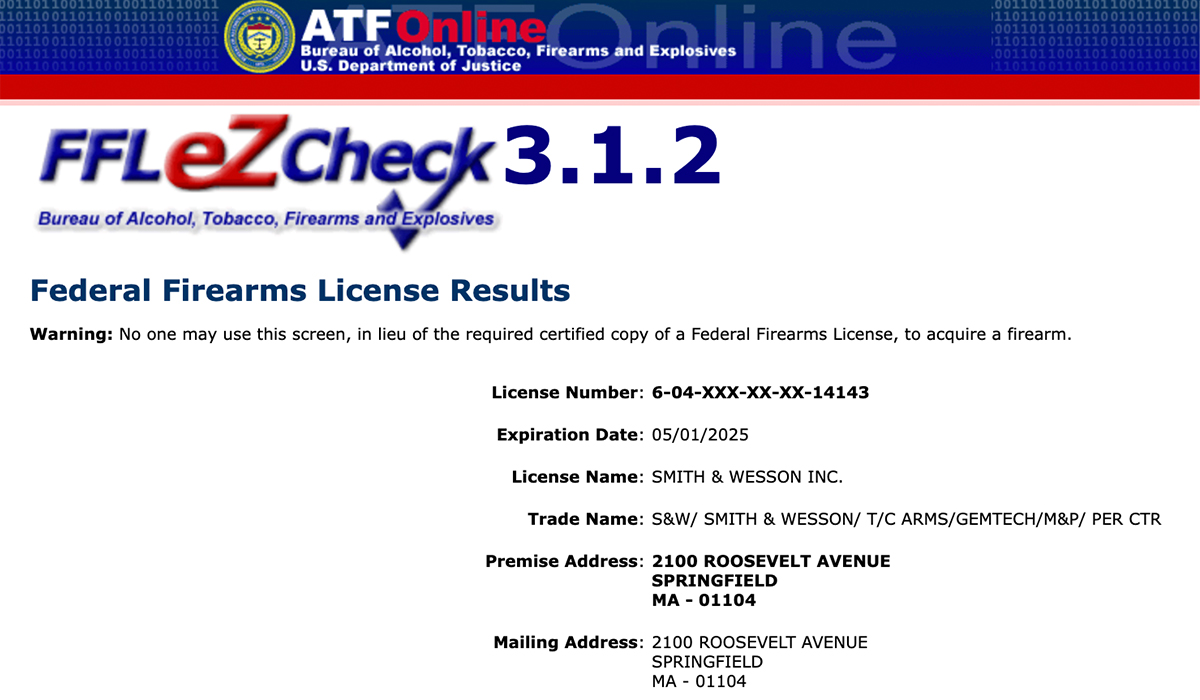

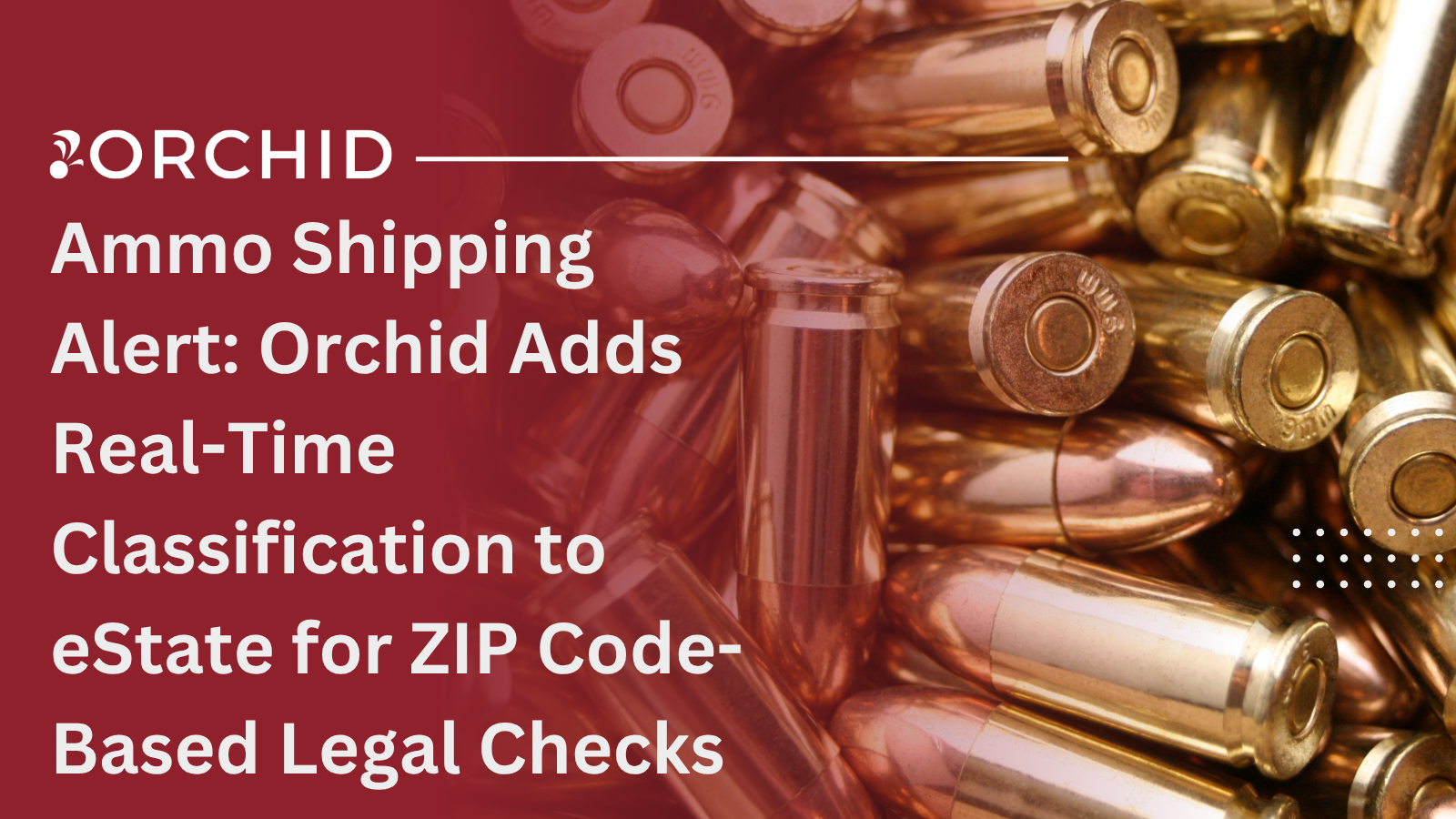

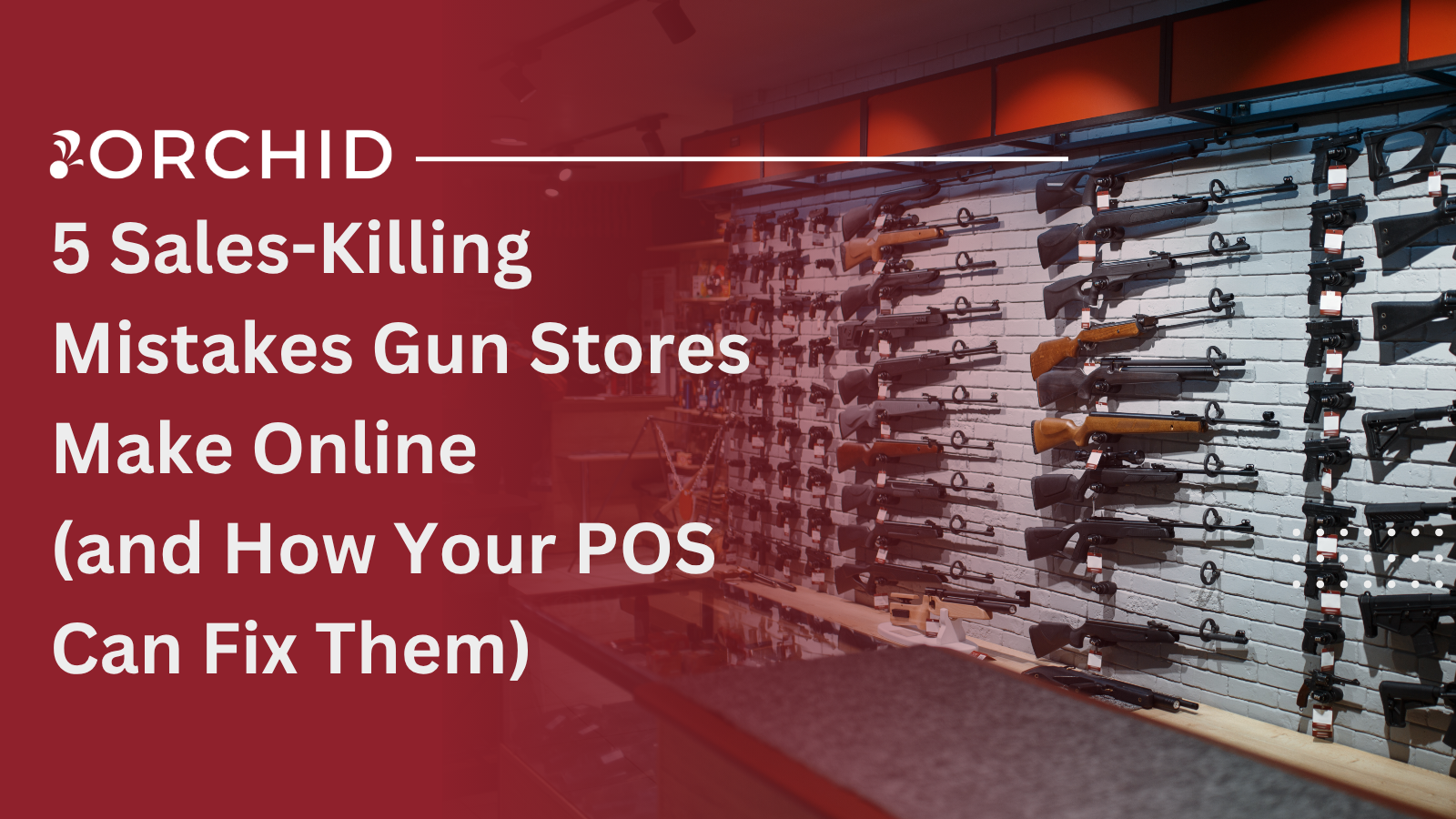
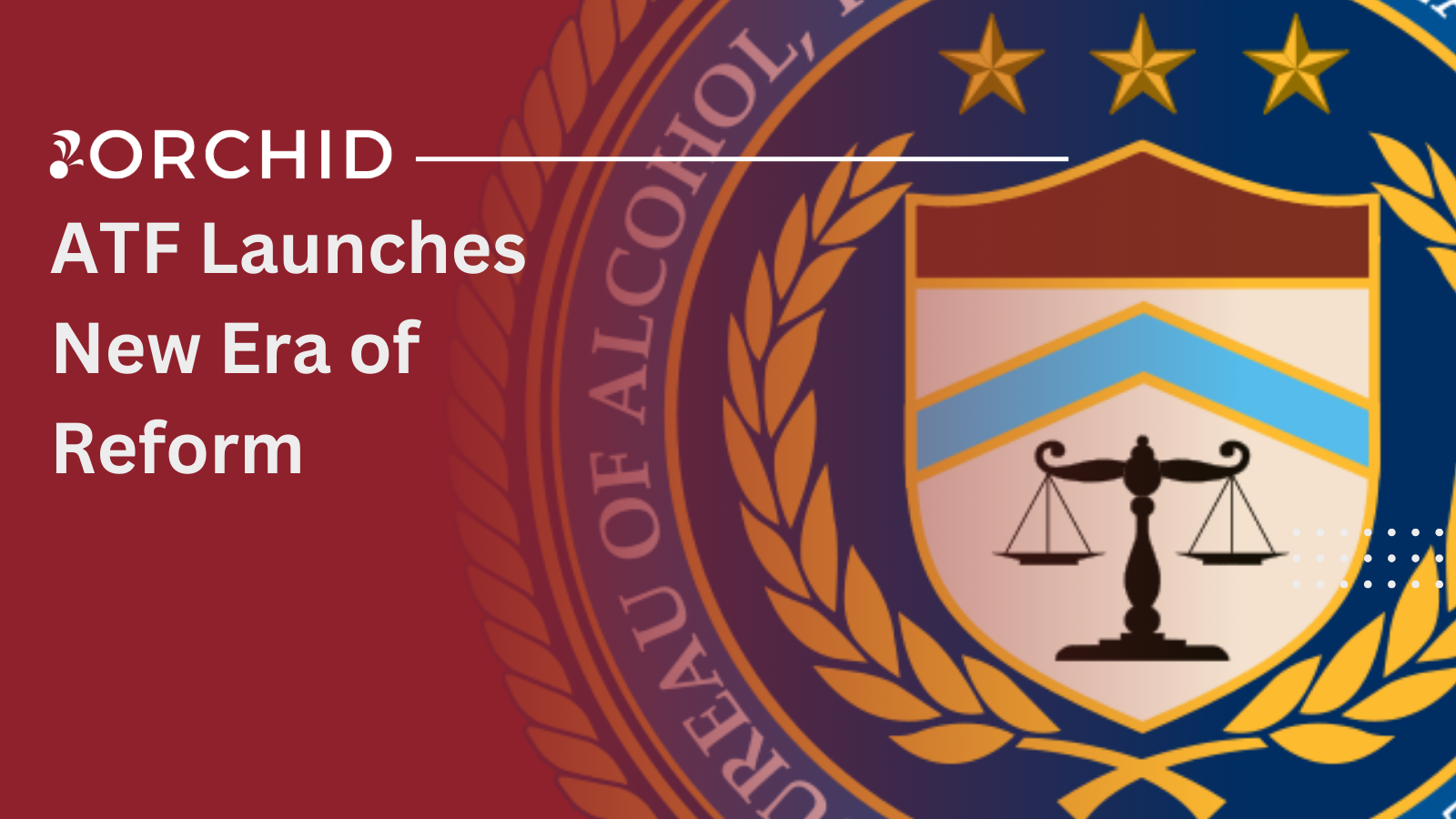
0 Comments